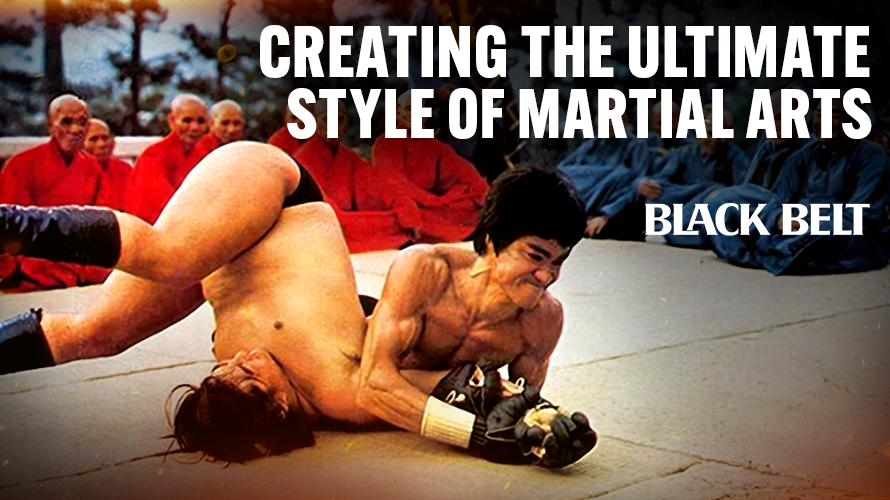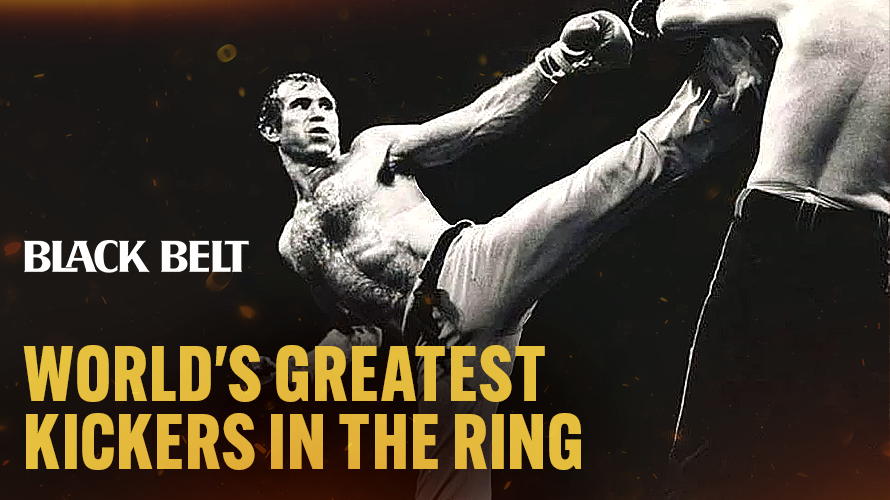Creating the Ultimate Martial Arts Style
- Black Belt Team
- May 31, 2024
- 5 min read
Updated: Jul 15, 2024

Creating the ultimate martial art style for self-defense and fighting is a profound endeavor, as it involves a careful consideration of the myriad styles, each bearing unique strengths and weaknesses. We asked experts spanning generations, posing the thought-provoking question: "If tasked with creating the ultimate martial art, which styles would you combine?"
Prepare to be enlightened by their responses.


